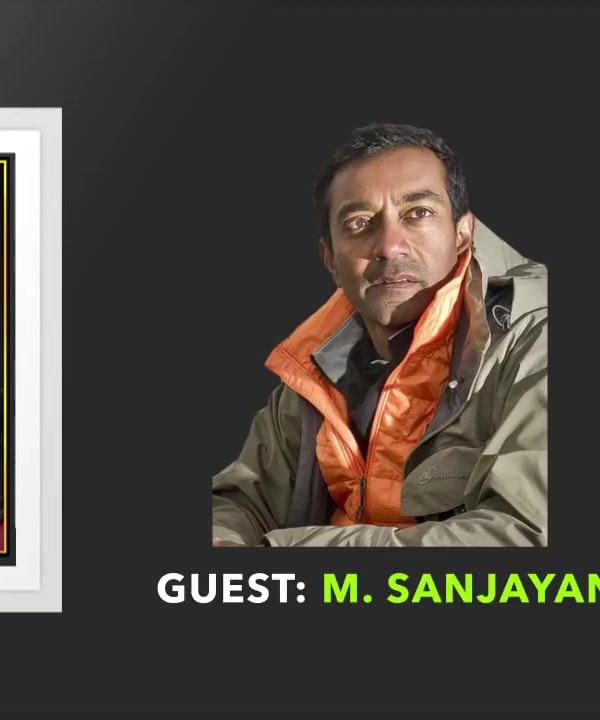Dangers of Diving
Sources:
Diving presents various dangers that require significant awareness and caution. Here are some of the key risks associated with different types of diving:
Free Diving
- Hyperventilation and Blackouts: Free divers sometimes hyperventilate to extend their underwater time but might not feel the urge to breathe, leading to blackouts and drowning 1.
- Training and Supervision: It’s recommended to undergo thorough training and always dive with an expert to avoid shallow water blackouts and other dangers 2.
Deep-Sea and Wreck Diving
- Nitrogen Narcosis and The Bends: Deep water increases nitrogen in the blood, leading to narcosis and decompression sickness. This condition is hazardous and can be fatal 3.
- Equipment and Certification: Proper diving equipment and certification are crucial. For wreck diving, guidelines like tying a line to the wreck's entrance and diving with a buddy are essential for safety 4.
Cave Diving
- Orientation and Air Supply: Cave diving is extremely treacherous due to easy disorientation and limited air supply. Divers are advised never to allow their air tank to go below half 5.
- Specialized Training: Being a skilled diver in other areas doesn’t necessarily prepare one for the challenges of cave diving. Specific training and familiarity with the environment are paramount 5.
General Diving Precautions
- Physical Condition and Clarity: Divers should be in good health, avoid overexertion, and maintain clear communication with their team. It’s critical to assess personal limits and environmental conditions continuously.
These aspects underline the importance of education, preparation, and cautious practice in all forms of diving to mitigate risks effectively.
RELATED QUESTIONS


